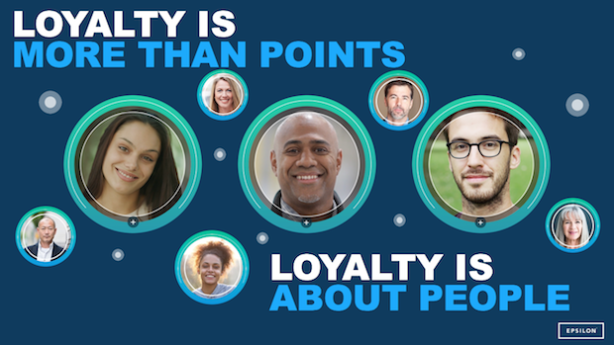How to create a loyalty experience that's brand-right and customer-centric
26 May 2020

Our world is changing rapidly due to disruption and uncertainty, forcing brands and consumers to change how we live our lives, how we communicate, and how we connect, particularly in the moments that matter the most.
Just as our world is changing, the loyalty landscape is also evolving. Brands and loyalty professionals are seeing dramatic market shifts, constant disruption and uncertainty, the advancement of the “tech of tomorrow”, the rise in social engagement, the importance of privacy, the significance of data, and leveraging data to power up hyper-personalised experiences, and the increasing customer expectations are forcing brands to think differently about their customer loyalty strategies, and the technology and services to support them. This is compounded by the fact that consumers are concerned, and anxious about the current global situation. Their time has been disrupted, distraction is everywhere, and customers are being served hundreds of messages daily across a multitude of channels.
Communicating with your customers during times of disruption is more important than ever – but relevance, transparency, and being authentic is critical. For brands and loyalty professionals, you need to understand what’s important to your customers today and develop meaningful loyalty experiences, while recognising and rewarding customers in the moments that matter most. It’s not new news that, loyalty marketing is evolving from a transactional programme where members earn and redeem rewards to a more holistic customer experience, which is focused on personalising the entire experience while building relationships with your customer. Or as we say in Epsilon, evolving from a 1:1 to a 1:You experience. The opportunity to really understand your customers and put your customers at the heart of your loyalty programme, lie’s in getting your loyalty value proposition right.
This can be achieved by utilising a framework such as Epsilon’s Loyalty Evaluation and Design (LEAD) process, which helps brands create a loyalty experience that’s brand-right and customer-centric, and consists of four distinct phases: discovery, evaluation, design, and plan. What makes this process so unique is it infuses a blend of data, insights, analytics, experience and, creativity to help brands develop a unique loyalty experience that’s right for the customer…and the brand. (Get in touch if you’d like to learn more about our LEAD process).
As part of the LEAD process, we use the 5 C’s of loyalty strategy - competition, culture, company, cost-benefit, and customer – to assess critical components and inform the loyalty design recommendations to form an ideal loyalty experience for you and your customers.
If you would like to view a detailed insight into the framework take a look at my SlideShare deck.




Please login to comment.
Comments